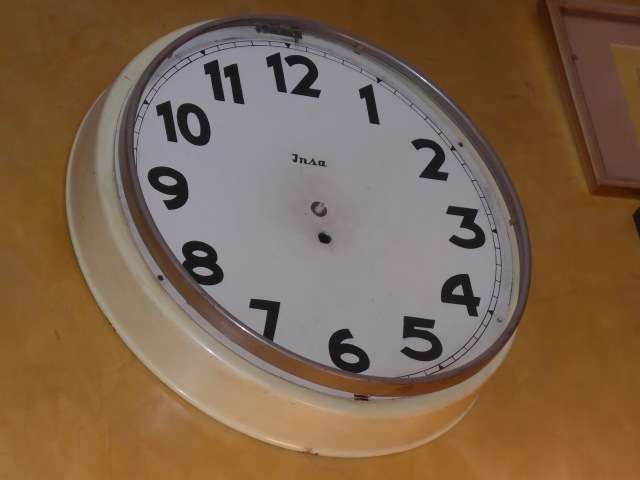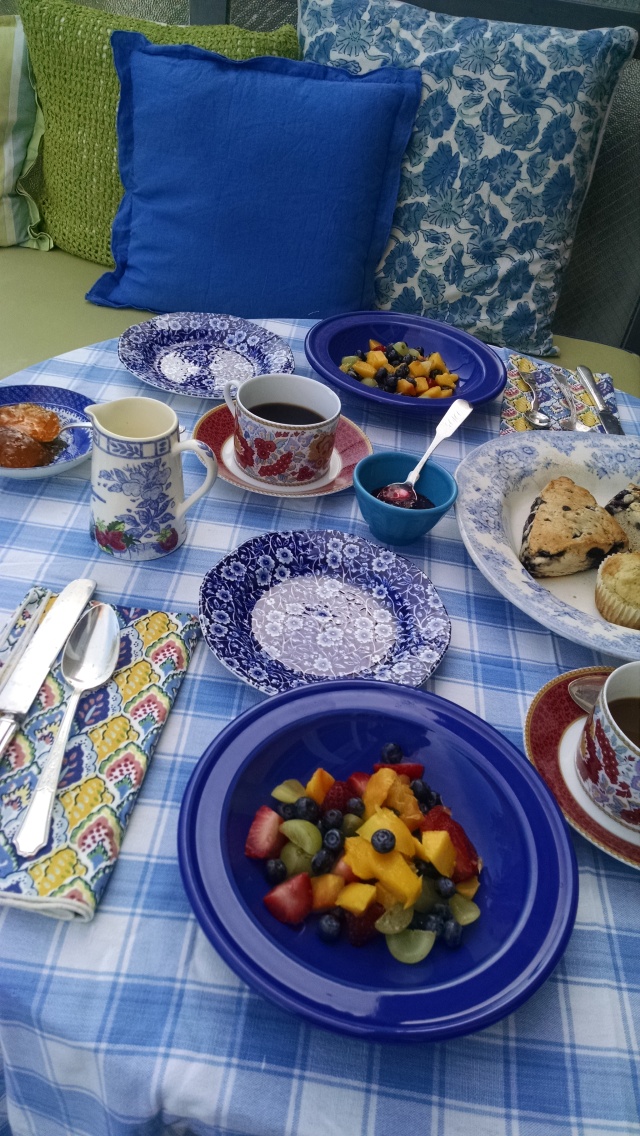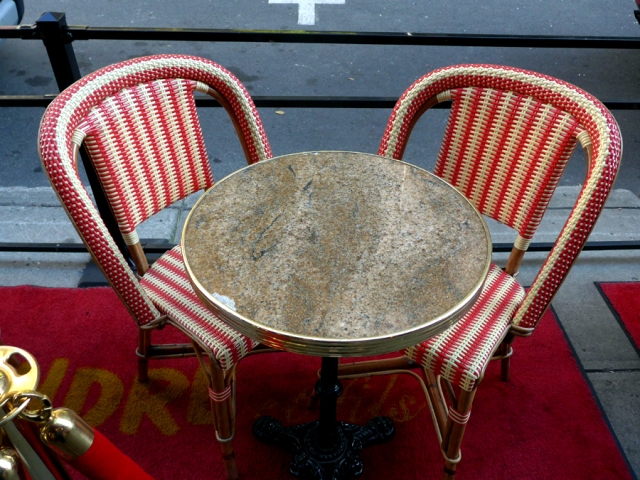By Caitlin Kelly

My husband, Jose
We met — how better for two career journalists? — thanks to a magazine assignment.
I was writing for a women’s magazine about what was then an exotic, little-discussed way to meet someone, called Internet dating. Long before Tinder or Bumble, it was considered sad and declassé, something you might do if desperately lonely but definitely not cool.
I got 200 replies to my on-line profile from around the world — with the truthful headline “Catch Me If You Can.”
I stopped reading after 50.
Luckily for both of us, my husband Jose was in the top 50.
I had hoped to find, for my second husband, someone modest but accomplished, a world traveler, someone with a strong spiritual life, if not religious. Someone funny, smart, goodhearted.
And handsome would be nice.
Bingo!
He is, like me, an accomplished career journalist — a photographer and photo editor for The New York Times for 31 years, who covered three Presidents, two Olympics, multiple Superbowls and the end of the Bosnian war, sleeping for six weeks in an unheated shipping container in December.

Sept. 17, 2011, Toronto
We met for our first dinner in midtown Manhattan on a cold March evening, and he wore a red silk Buddhist prayer shawl (his practice) as a muffler.
At the end of a long and lovely evening, he wrapped me up in it, warm and scented with his fragrance, a classic scent called 1881.
That was it, kids.
Eighteen years later (!), here we are.
18 things I’ve learned:
1. Everyone carries some emotional baggage. If you’re lucky, maybe a duffel and a carry-on, so to speak, and not 20 enormous unpacked trunks. But we all bring it with us.
2. Which is why humility is essential to sustaining an intimate relationship. No one, anywhere, is “perfect.” If you think they are, you’re deluded. If you think you are, get a grip on your inflated ego.
3. Affordable access to a good therapist can be the best investment you’ll ever make, for yourself and your partner/spouse. Until you can safely unpack, name and number your personal demons, they can destroy your life and that of anyone trying to love you. This includes addictions.
4. If you find yourself — as we both did on separate occasions — shouting at your sweetie in a blind rage, allow for the possibility you’re shouting at a ghost, at someone from your past who’s still living inside your head. Yes, of course, we can get angry at the people we love, but this is different. Sometimes it’s not about you at all.
5. It can take a long, long, long time to trust another person, and that might have nothing to do with you or how much they love you. I’m forever moved by this verse of this song by John Mayer…
I know a girl
She puts the color inside of my world
But, she’s just like a maze
Where all of the walls all continually change
And I’ve done all I can
To stand on her steps with my heart in my hand
Now I’m starting to see
Maybe It’s got nothing to do with me
6. So don’t ever try to force or rush physical or emotional intimacy with someone you love. Let them feel safe with you and relax. Some of us had scarring childhoods and need a lot more time than you think we should or you expect or makes you feel comfortable. True love is not all about you.
7. If your sweetie never laughs, why not? If you never laugh with them, what’s up? Laughter is a daily constant with us, and deeply healing. Depression is also real.

8. Bad shit is going to happen to you both, no matter how thin/pretty/hard-working/wealthy you are. Parents will get sick and die. Friends will get sick and die. We will suffer illness and injury, surgeries and recovery. We’ll lose jobs and face periods of unemployment. Your partner must have strength of character for your relationship to endure without resentment. You, and they, will have to step up and be a damn adult, many times, no matter how painful or expensive.
9. Which is why, if you’re choosing a life partner, pay very careful attention to their values, ethics and principles — in action. Words are meaningless without consistent follow-through. Choose someone with a strong work ethic or you’ll forever be broke and anxious, pulling their weight and pissed at their entitled laziness.
10. Go for long walks, whatever the weather. Alone, to think. With them, for company.
11. Put down your damn phone.
12. Talk to your sweetie every day for 30 to 60 minutes, (even in 10-minute bits!), uninterrupted by children or work or outside forces. Make them your entire focus when you do, because undivided attention is the greatest gift we can offer someone we love.

13. Take time every day to nurture yourself, spiritually, emotionally, intellectually and physically. Don’t rely on someone to be your “everything.”
14. Have deep, sustaining friendships beyond your dyad, (but protect it fiercely.) If you fear someone’s about to poach, (hence my second marriage), pay attention.
15. Make sure you both have wills, beneficiary statements, advance directives and health care proxy paperwork signed. You never know when you might suddenly need to use them.
16. Create a document, updated every 6 months and printed out, with your every PIN and password and emergency contacts. Include your medical record and the medications you take so your sweetie can easily take charge, should you be incapacitated or die.
17. Celebrate the hell out of your partner’s every success, no matter how small it may feel or seem. Few of us will win an Oscar or ever make the big bucks. Small wins matter too.
18. Savor every minute you’re given with a loving spouse or partner. Too many will leave us far too soon.

























